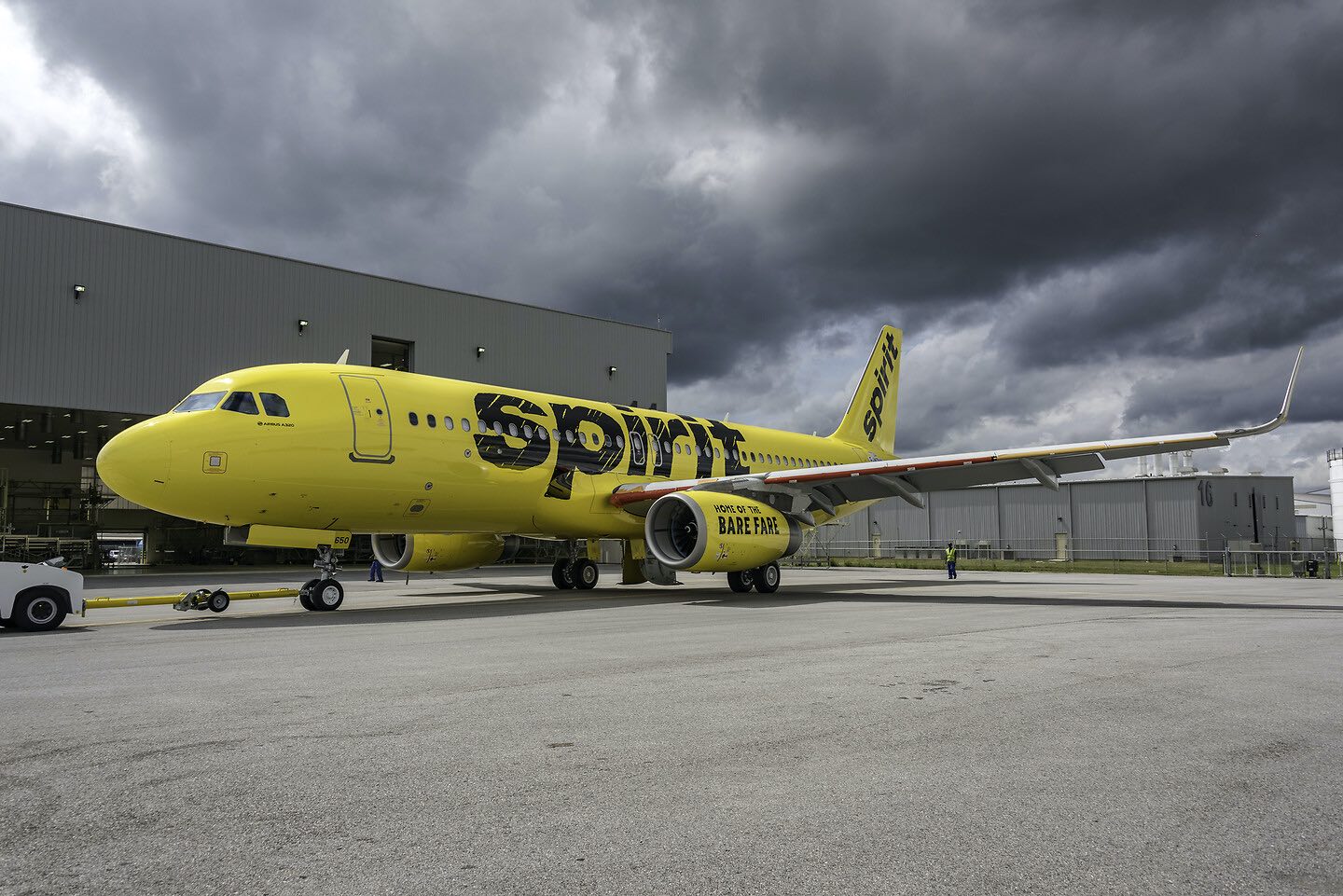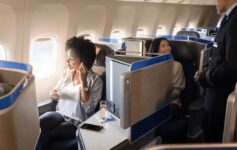
Spirit Airlines has responded to the charge from United Airlines that it is to blame for congestion at Newark Liberty International Airport with a scathing response to the U.S. Federal Aviation Administration (FAA).
Spirt Airlines Blames United Airlines For Newark Congestion
The letter, signed by Spirit Airlines CEO Ted Christie, precedes a recent letter from United Airlines which seeks to blame JetBlue and Spirit for the recent congestion issues at Newark Airport. United claims that Spirit Airlines has ramped up flights without coordination from the FAA, breaking a gentlemen’s agreement to spread out traffic at an airport that faces severe congestion but does not currently have slot controls. Spirit has responded that it does no such thing.
Contrary to [United] CEO [Scott] Kirby’s claim, Spirit follows FAA rules for Newark flights just as United does. All of Spirit’s Newark operations are either pre-approved by, or coordinated with, the FAA. Indeed, most of Spirit’s peak-hour operations are ad hoc flights made available due to cancellations by international carriers serving Newark. These ad hoc flights are not adding to hourly operations but simply replacing cancelled international flights.
Meanwhile, Spirit is still attempting to secure Southwest’s peak-hour runway timings that the FAA retried when Southwest Airlines pulled out of Newark in 2019 but a federal judge recently held were disposed of in an arbitrary and capricious manner.
Spirit Airlines contends that United is simply trying to protect its status as the dominant hub carrier at Newark, to the detriment of consumers:
United’s flying at Newark currently exceeds 70% of peak and non-peak operations, leaving only a very limited opportunity for expanding the low-fare competition Newark travelers continue to seek from Spirit. Flights cannot be added during peak times that customers desire. Yet Spirit currently operates only about 20 scheduled flights daily at Newark, less than five percent (5%) of United’s over 400 daily flights.
United has also called Spirit’s operations in Newark inefficient and prone to unreasonable delay, but Spirit claims it is simply running into the same runway and weather issues that United has.
United cannot hide decades of reckless inefficiency at Newark behind a few recent weather delays that caused some takeoff/landing operations (including United’s) to push into the following hour.
It adds that Spirit’s delays are actually United’s gains:
It is critical to note that Spirit and United do not share physical terminals at Newark, which is one of the most common factors contributing to airport delays. At Newark, United operates at terminals A and C while Spirit uses space in Terminal B. Therefore, contrary to what United has suggested, any ground or gate delays for Spirit have no effect on United. Moreover, in terms of runway delays, a cancelled Spirit flight would actually free up runway space and reduce delays.
That may be a stretch, since delayed departures still must take off and often contribute to congestion, particularly during busy periods.
Spirit also criticizes United’s lower load factor out of Newark than Spirit’s (though that will be less of a problem this summer and United’s hub and spoke route network to smaller cities will virtually guarantee its load factor will always be less than Spirit’s).
Spirt counts up delay problems at Newark going all the way back to United’s merger with Continental to argue that United is the true problem and also blames United for lobbying the FAA to address a problem it has created by trying to squeeze out competition.
The letter concludes where it starts, with a jab at United for wishing to harm consumers.
The simple truth is that delays at Newark long preceded service by Spirit. Cutting service by Spirit and JetBlue, to satisfy United, only harms consumers and tightens United’s control and dominance at that airport. If United sincerely wishes to address congestion and support the public interest then a schedule – reduction meeting moderated by the FAA, where all carriers would reduce flights fairly and equitably, is a solution.
CONCLUSION
Live and Let’s Fly felt it was important to offer Sprit’s take on the Newark problem, not just United’s. But while each side is entitled to its opinion, each side is not entitled to its own facts. We continue to dig and will publish an analysis piece that seeks to more objectively look at the root of the congestion issues in Newark. Stay tuned for that.
> Read More:United Airlines Attacks “Reckless” Expansion At Newark, Asks For FAA Intervention
image: Airbus




Maybe you meant “detriment” in this phrase “to the determinant of consumers”?
Correct. Fixed.
Spirt. Lol
Spirit’s arguments – taken as a whole – seem pretty sound.
Looking forward to the analysis. Right now this is a “he said, she said” corporate spat.
I am no fan of Spirit, but they are spot on when it comes to openly calling out United’s operational issues at Newark. They have been around since the Continental days.
It seems to be getting better (thank you Kirby), but the excuses and apathy on poor operational performance were/are well ingrained in the culture of Terminal C.
UA’s model, not unlike other big carriers, seems to based on the notion of many point to point flights with 737-ish equipment. No wonder there is continuous congestion and a pilot shortage. If the PA would mandate far fewer slots it would force the airlines to fly bigger planes. 3 747-8 seems equal to 6-7 737 or so.